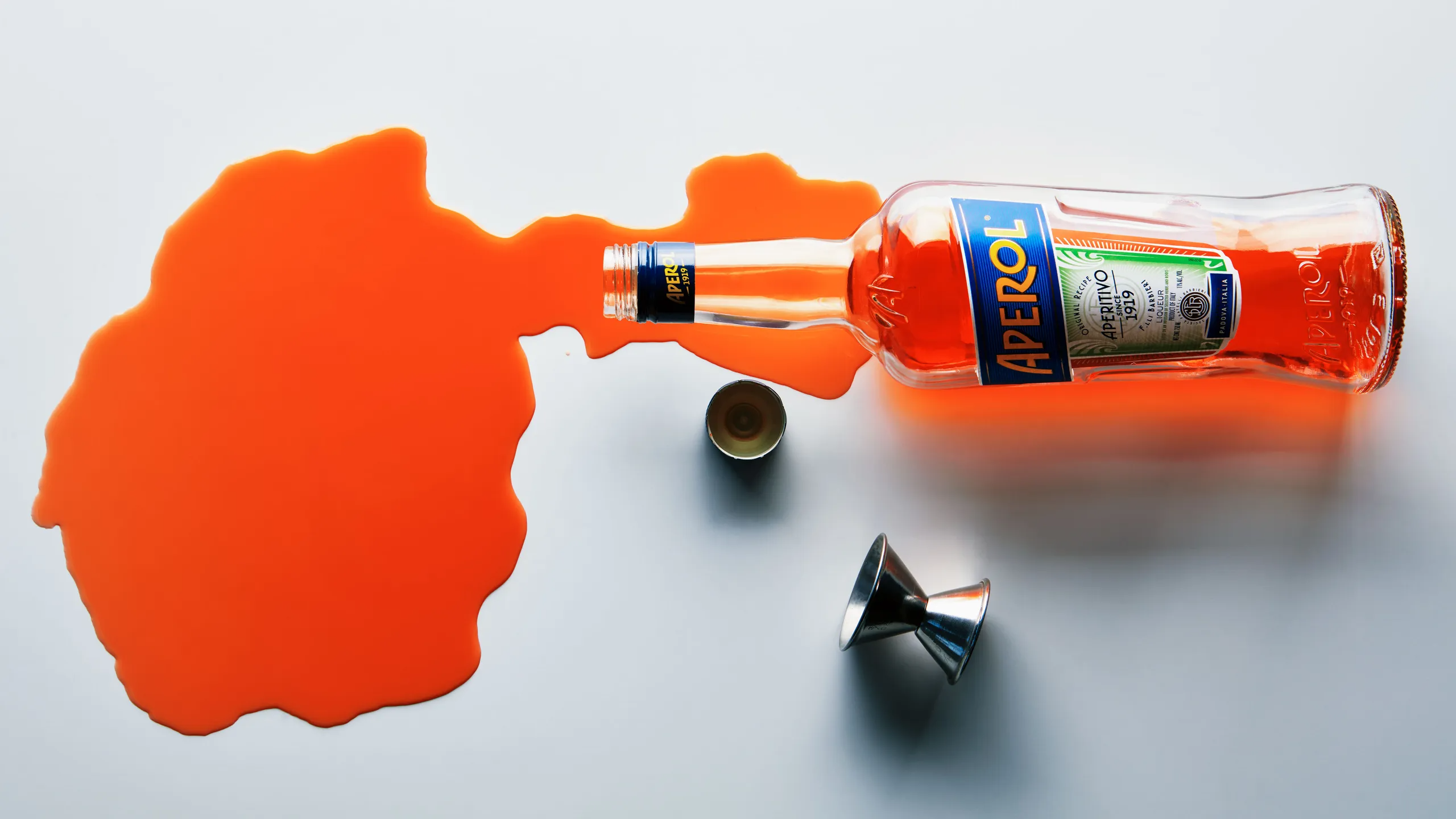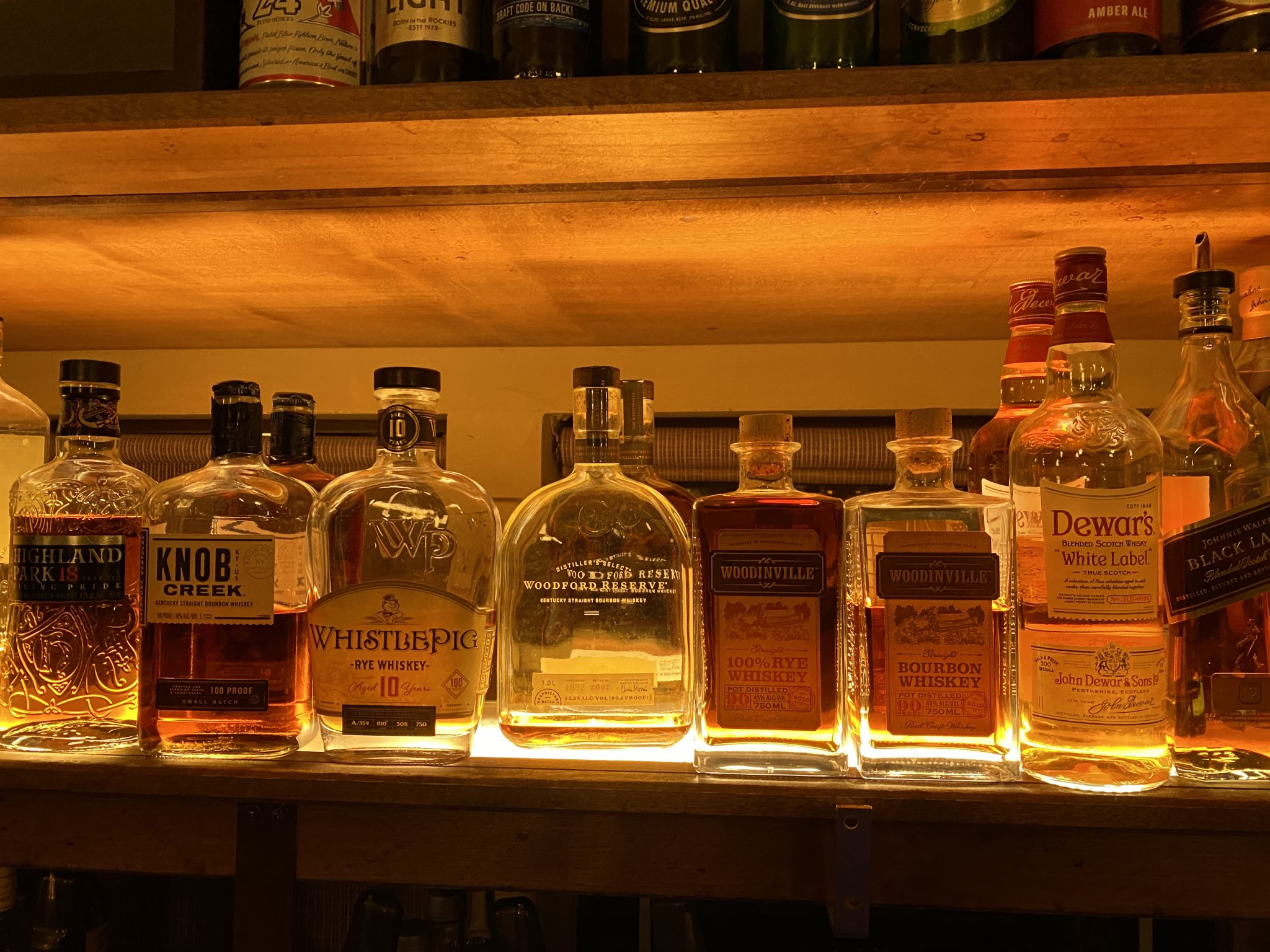In the world of spirits, the 750ml Glass Bottle is the universal icon. It’s the standard size you’ll find for everything from gin and rum to whiskey and cognac. While it may seem like an arbitrary choice, its widespread adoption is the result of a unique historical legacy that successfully transitioned into a modern global standard. This article explores the key reasons—from metric conversion quirks to practical economics.
The Sweet Spot for Serving and Socializing
Beyond the realms of history and regulation, the 750ml bottle has endured because it simply works so well in real-life situations. It strikes a practical balance that serves both the casual drinker and the frequent host.
For planning a party or managing a home bar, this size is remarkably versatile. A 750ml bottle contains about 25.4 fluid ounces, which translates to roughly 17 standard shots (at 1.5 oz each) or five generous glasses of wine. This makes it an ideal foundation for any gathering. Think about it: for a modest cocktail party, just two or three bottles can comfortably serve a group of guests without leaving excessive leftovers. It provides enough volume for the occasion but isn’t so large that the spirits risk losing their character before you finish the bottle.
This convenience extends to the bar counter as well. The 750ml size is a favorite in the bartending world because its proportions align perfectly with standard cocktail recipes. For home enthusiasts, this means less fuss with measurements and fewer errors, making it easier to craft consistent drinks while minimizing waste.
Quick Reference: Why It Works So Well
-
Perfect Capacity: Holds about 17 standard drinks, ideal for a small gathering.
-
No-Fuss Planning: Simplifies shopping and budgeting for parties and gifts.
-
Global Standard: Its familiar size makes it easy to find, gift, and serve anywhere.
Ultimately, the 750ml bottle has cemented its place not just through tradition, but through everyday practicality. It’s a universally understood measurement that takes the guesswork out of serving and entertaining, proving that the best design is often the one you don’t have to think about.
Perceived Value and Market Appeal
The 750ml glass bottle does more than just hold liquor; it plays a crucial role in shaping our perception of the product inside. There’s a inherent sense of quality and tradition that comes with glass. Consumers consistently rate beverages in glass bottles as more premium than those in cans or boxes, which is why premium brands heavily invest in this packaging to protect their upscale image. The ability to feature detailed labeling, combined with the substantial weight and clarity of the glass, makes a bottle feel luxurious on the shelf and in your hand. This tactile experience—the coolness, the heft, even the sound of the cap opening—adds to the overall sense of occasion, allowing brands to justify a higher price point and attracting consumers who seek a premium drinking experience.
From a cost perspective, the 750ml size benefits greatly from being the industry standard. Mass production drives down the cost per unit, creating savings that are passed along the supply chain. For the consumer, it represents a practical quantity: it offers enough servings for a small gathering without leading to waste from an unfinished bottle. In bars and restaurants, this size is a workhorse, offering a better profit margin per ounce than smaller single-serve options while still enabling by-the-glass sales.
Why Glass Remains a Top Choice
-
Consumer Trust: Surveys show a willingness to pay more for drinks in glass, underscoring its perceived value.
-
Economic Sense: Standardization and recyclability keep costs manageable and support sustainability goals.
-
Shelf Impact: Its premium look directly supports brand prestige and consumer desire for a quality experience.
While alternative packaging formats are growing for their convenience, the 750ml glass bottle continues to dominate the premium segment. Its unique combination of perceived quality, cost-effectiveness, and consumer trust ensures it remains the clear choice for brands and shoppers who value substance and style.
The Backbone of the Industry: Standardization & Regulation
While we’ve explored the consumer and market appeal of the 750ml bottle, its dominance is also firmly rooted in practical industry and regulatory foundations. This widespread adoption isn’t an accident; it’s a result of deliberate standardization that simplifies everything from production to global trade.
A key driver in the United States is its official status as a “metric standard of fill” with the Alcohol and Tobacco Tax and Trade Bureau (TTB). This classification streamlines the entire approval process for new products. Choosing the 750ml size means fewer regulatory hurdles, consistent labeling requirements, and smoother movement of goods across state and even international borders. While regulations are evolving to allow other sizes, the 750ml remains the most recognized and accepted format, making it a safe and efficient choice for producers.
This standardization creates a ripple effect of efficiencies. Manufacturers can produce 750ml bottles at a massive scale, significantly driving down costs. Furthermore, the entire supply chain—from filling lines and labeling machines to warehouse storage and retail shelves—is built around this specific size. This universal compatibility reduces complexity, minimizes costs, and ensures that products can be seamlessly integrated into existing systems worldwide.
Why Standardization Matters:
-
Global Reach: The 750ml size is recognized in most international markets, simplifying export and import logistics.
-
Economic Efficiency: Mass production and a streamlined supply chain keep costs lower for both brands and consumers.
-
Regulatory Simplicity: Using the industry-standard size accelerates product approvals and reduces compliance risks.
Even sustainability efforts are being woven into this framework. Some major retailers now enforce bottle weight limits to reduce environmental impact, demonstrating how the standard is evolving to meet modern demands. In the end, the 750ml bottle’s role as an industry standard is what solidifies its presence on the shelf, proving that sometimes, the most practical choice is the one that makes life easier for everyone involved.
The Engine of Efficiency: How 750ml Streamlines Production
Beyond the bar and the regulatory office, the 750ml bottle’s popularity is powerfully driven by what happens on the factory floor. This specific size is a manufacturing marvel, creating efficiencies that ultimately benefit everyone, from the producer to the consumer.
Standardizing on the 750ml format allows the entire industry to optimize its operations. For glass manufacturers, it means they can produce billions of bottles using the same sets of molds and production lines. This drastically reduces the downtime and costs associated with changing over machinery for different sizes. Furthermore, a predictable, high-volume output of a single size makes it far easier to incorporate recycled glass (known as cullet) into the mix. This is a win-win: it reduces raw material costs and saves significant energy, as recycled glass melts at a lower temperature than virgin materials.
This standardization is the key to automation. Filling, capping, labeling, and packaging lines can all be perfectly calibrated for one consistent bottle shape and size. This allows lines to run faster and with fewer errors, minimizing the need for manual adjustments and reducing breakage. The same principle applies to logistics; uniform bottles pack neatly into cartons and stack efficiently on pallets, maximizing space in warehouses and trucks to lower shipping costs.
The Bottom Line:
-
Cost Savings: Mass production and reduced changeover times lower the cost per bottle.
-
Sustainable Gains: Efficient use of energy and recycled materials reduces the environmental footprint.
-
Streamlined Operations: Automated lines and optimized logistics create a smoother, faster supply chain.
These manufacturing efficiencies might be invisible to the shopper, but they are fundamental to the industry. The widespread use of the 750ml bottle creates a cycle of optimization that makes production more sustainable, reliable, and cost-effective, cementing its role as the default choice.
Designed for the Shelf and the Home: The Practicality of 750ml
The appeal of the 750ml glass bottle isn’t limited to history or manufacturing; it also excels in the very practical realms of display and storage. Its design is a thoughtful balance that works equally well in a bustling retail environment and a personal home bar.
Walk down any liquor store aisle, and you’ll see the 750ml bottle’s first advantage: it’s the perfect fit for standard shelving. This uniform size allows retailers to create neat, organized displays that maximize space and make it easy for customers to browse. The transparency of glass is another key benefit, allowing shoppers to appreciate the spirit’s color and clarity directly. On the shelf, a well-designed glass bottle acts as a silent brand ambassador, projecting an image of quality and tradition that attracts discerning customers.
This practicality extends beyond the store. For restaurants, bars, and home enthusiasts, the 750ml bottle fits seamlessly into industry-standard racks, refrigerators, and cabinetry. Its dimensions make it easy to handle, pour, and store. A standard case of twelve 750ml bottles is a manageable unit for inventory, simplifying logistics for businesses and stocking up for home users.
A Summary of Practical Benefits:
-
Retail-Friendly: Its uniform size creates organized, space-efficient displays that appeal to shoppers.
-
Storage-Smart: Fits perfectly in commercial and home storage solutions, from back-bar shelves to kitchen cabinets.
-
Product Integrity: Glass is inert and often tinted to block UV light, preserving the spirit’s authentic taste and aroma.
Ultimately, the 750ml glass bottle delivers a complete package. It protects the product, presents it beautifully, and stores it conveniently. This combination of aesthetic appeal and everyday functionality secures its place as the most practical and popular choice across the board.
Conclusion: A Standard Built to Last
As we’ve explored, the dominance of the 750ml glass Liquor Bottle is no accident. It is the result of a powerful convergence of history, practical regulation, manufacturing efficiency, and deep-seated consumer appeal. From its origins in metric conversion to its perfect fit on the retail shelf and in the home bar, this particular format has proven to be the ideal balance of tradition, convenience, and economic sense.
At TP Glass Bottle Manufacturer, we understand the intricate balance behind this industry standard. We don’t just produce glass bottles; we craft the premium, practical, and perfectly standardized containers that brands rely on to tell their story and connect with consumers. Our expertise lies in creating high-quality 750ml glass bottles that meet stringent global regulations, optimize your supply chain, and enhance your brand’s perceived value on the shelf.
Whether you are launching a new spirit or elevating an existing brand, partnering with a dedicated manufacturer is key. Let us help you harness the timeless appeal of the 750ml glass bottle.
Ready to bottle your success? Contact TP Glass Bottle Manufacturer today to discuss your packaging needs and discover how our expertise can work for you.



